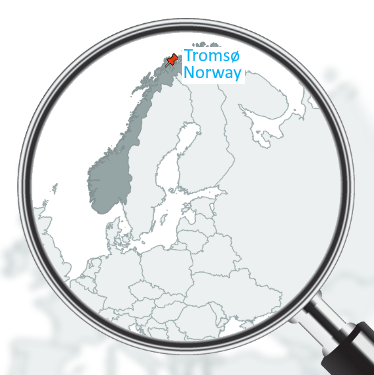Abstract:
For our final group project, we chose the Sami minority living in the Norwegian city of Tromso and we focused on the education difficulties that this specific group of people may face in their everyday life. The Sami are an Indigenous people living on the northern territories of four modern countries: Norway, Sweden, Finland and Russia (on the Kola Peninsula in the North-West of the country). This area is traditionally called Sápmi. The Norwegian translation of this Sami word is ‘Sameland’ – Sami land, that means the land where Sami have been living since prehistoric times. The Sami people have their own language, the Sami language, that belongs to the Finno-Ugric group of languages and has common features with Finnish, Hungarian, Estonian, Mordvinian , Zyrian and Karelian. Although there are nine – alive – dialect groups within the Sami language – Northern Sami, Lule Sami, Southern Sami, Kildin Sami, Skolt Sami, Inari Sami, Pite Sami, Ume Sami, and Ter Sami – “the Sami linguistic area undoubtedly constitutes a unit, as the immediate neighboring dialects are mutually understandable”. The four biggest Sami dialect groups are Northern Sami (about 85 % of all the Sami speakers, 16,000 – 18,000 people), Southern Sami, Lule Sami and Kildin Sami (about 600 – 800 speakers each). The given number of the Sami population in Norway is the largest: from 40,000 people to 60,000 –70,000 people. They are usually divided into three groups: “the Northern Sami, the Lule Sami, and the Southern Sami.
The interviews conducted by Kharina (2013) show that despite the efforts that are being made at the Tromsø university, the Sami are not entirely accepted by the society of Tromsø. This is indicative of the fact that there is still some work to be done in terms of education about Sami issues. Nevertheless, as Kharina (2013: 68) concludes, the identity of the community of Sami people has got stronger over the past 20 years and is still getting stronger.

